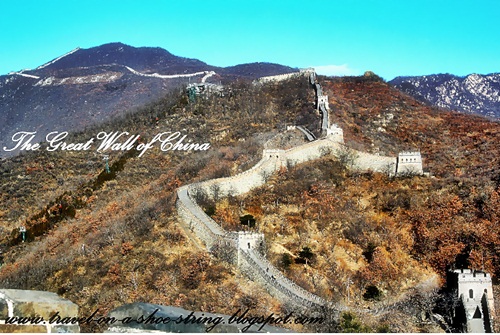Operation Smile Philippines is in need of the following Medical Volunteers!
Operating Room Nurses
Ward Nurses
Anesthesiologist,
Speech Pathologist
Biomed Technician
Plastic Surgeon
Dentist
Medical Photographer
Pediatrician
Medical Records Specialist
From these areas:
Pampanga
Manila
Cavite
Naga
Bacolod
Cebu
Cagayan De Oro
General Santos
South Cotabato
Iloilo
Mindoro
Davao
Benefits for Medical Volunteers
Qualified / Credentialed...









